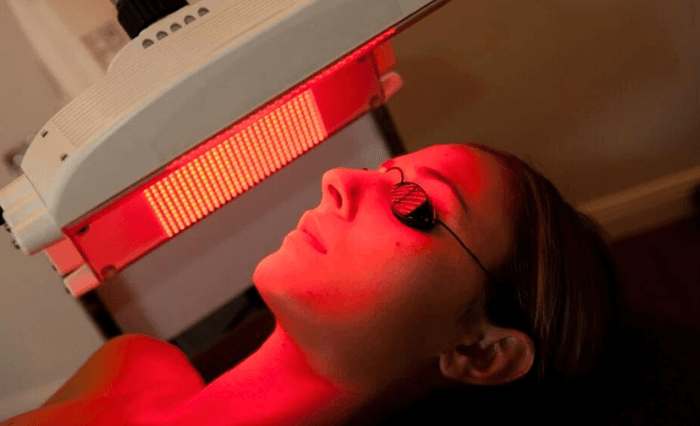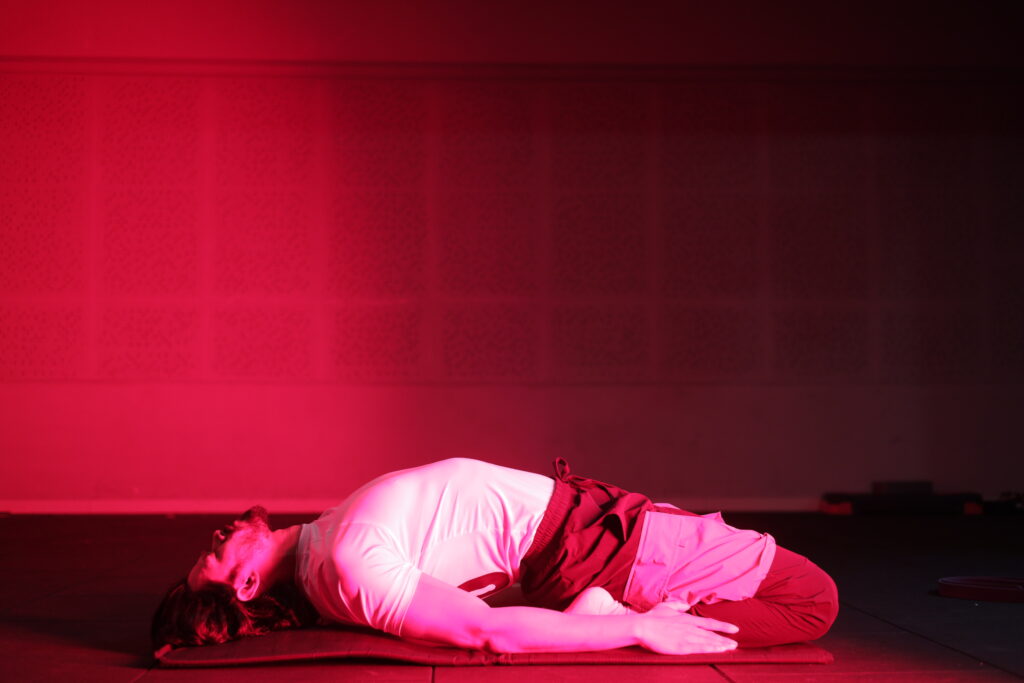From a biological standpoint, testosterone is the hormone that defines many masculine characteristics, though it is also crucial for women’s overall health. Testosterone levels naturally surge during puberty and start to decline around the age of 30. While a gradual reduction is a normal aspect of aging, this decrease can lead to unwanted side effects if levels fall too low. Utilizing red light therapy for testosterone could help the body restore optimal testosterone levels, thereby revitalizing energy, drive, and overall well-being. Why You Might Consider Boosting Your Testosterone Testosterone is the key sex hormone that plays a crucial role in male sexual performance and reproductive capabilities. It also impacts secondary traits such as a deeper voice, facial hair growth, and increased muscle and bone density. Low testosterone can disrupt both primary sexual function and secondary characteristics, potentially leading to emotional and psychological stress. For women, testosterone is also an essential element of overall well-being, supporting bone strength, reproductive health, cognitive function, and physical vitality. Women produce small amounts of testosterone in the ovaries, adrenal glands, fat cells, and skin. Like men, women can also experience symptoms related to low testosterone, which, although less discussed, can still present challenges. The American Urological Association notes that a gradual decline in testosterone production is a normal part of aging. However, the organization estimates that around 2 out of every 100 men experience abnormally low testosterone, a condition known as Low T. Even if you haven’t been diagnosed with Low T, you may wish to increase your body’s natural ability to produce testosterone if you’re having troubles with: Low testosterone could be a contributing factor in these symptoms, but other factors are often involved as well. Many could have causes other than Low T, such as stress, poor lifestyle habits, and chronic underlying conditions. Therefore, it’s important to consult a doctor before trying to increase your testosterone levels on your own. If your symptoms are mild, you may not feel the need to do anything about it right now. But if you’ve been feeling older than your years, you don’t have the sex drive you once had, and you lack your former energy levels, there are ways to boost testosterone naturally and safely. Red Light Therapy for Testosterone Studies indicate a direct relationship between natural sunlight exposure and the body’s capacity to produce testosterone. Humans are highly sensitive to light, and increased light exposure has been shown to stimulate beneficial biological processes within the body. The key lies in utilizing the appropriate types of light. Natural bright light from sunlight has been employed for centuries to address a wide range of physical and psychological conditions. Today, bright light can be administered through artificial full-spectrum lighting. Bright light therapy is commonly used to treat seasonal depression, known as seasonal affective disorder (SAD), as well as chronic (non-seasonal) depression, postpartum depression, acne, various chronic skin issues, pain, and to support the immune system. According to the European College of Neuropsychopharmacology, low libido affects nearly 25 percent of men over age 40. During a 2016 study by the group, exposure to bright light increased sexual desire and satisfaction, as well as testosterone levels. Research had previously discovered seasonal fluctuations in libido, which prompted this study. The issue with natural sunlight or full-spectrum bright light devices is that, along with the beneficial wavelengths, sunlight also emits harmful ultraviolet (UV) radiation, which is known to cause premature skin aging and increase the risk of skin cancer. Blue light has been effectively used for treating acne as it is known to kill acne-causing bacteria on the skin. On the other hand, red light therapy utilizes specific wavelengths, particularly red light in the range of 630 to 660 nanometers (nm), and near-infrared (NIR) light ranging from 810 to 850 nm. These wavelengths have been extensively studied in relation to a variety of health conditions. Although clinical trials on the direct impact of red and NIR light on testosterone are still in the early stages, the positive effects on both male and female reproductive systems suggest its potential to enhance testosterone levels. Red light therapy, also known as low-level light therapy (LLLT) or photobiomodulation (PBM), falls within what is referred to as the “therapeutic window” of light. How Red Light Therapy Can Naturally Boost Testosterone There are several mechanisms by which red light therapy can support your body in naturally boosting testosterone levels and potentially reversing testosterone abnormalities. A 2013 study by researchers from Korea involved stimulating increased production of testosterone in male rats after treating them with a combination of red and NIR light, suggesting that red light could be an alternative treatment modality to conventional testosterone replacement therapy — which, even though it’s effective, can carry many unwanted side effects. Here’s how red-light therapy works to treat testosterone problems. Increased Energy Production in the Cells In men, red light stimulates energy production in the Leydig cells, which are the cells responsible for producing testosterone. Enhanced energy production in Leydig cells is believed to help naturally increase testosterone production and restore age-appropriate (or better) testosterone levels. It’s not just the Leydig cells that benefit from increased energy production. Red light therapy has numerous benefits, the most important being the positive interaction between light photons and the mitochondria, which are the energy centers within cells. But why is it important to boost cellular energy? Here’s where things get interesting because treating the cause of low cellular energy could potentially hold the answer to reversing Low T. The mitochondria’s job is to convert raw materials into adenosine triphosphate (ATP), which is the primary fuel for all the cells in the body. When cells are energized, they function optimally, repair themselves, and replicate. But when mitochondria aren’t able to produce ATP (known as mitochondrial dysfunction), the cells suffer — and low-energy cells can’t do their jobs properly. In the case of the Leydig cells, if they don’t have enough energy, they may prioritize survival over their specialized functions. Therefore, reversing mitochondrial dysfunction could hold the answer to many chronic health









